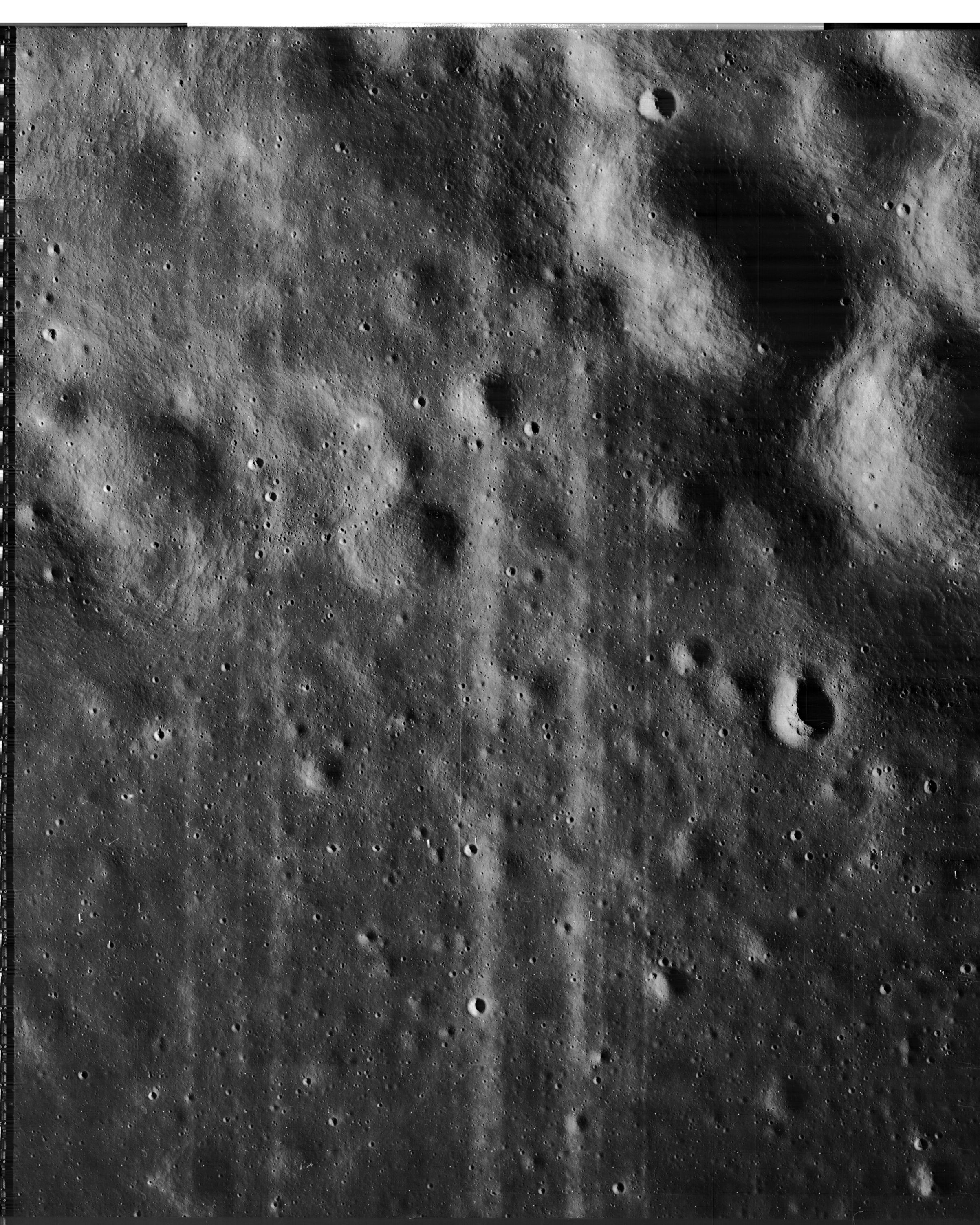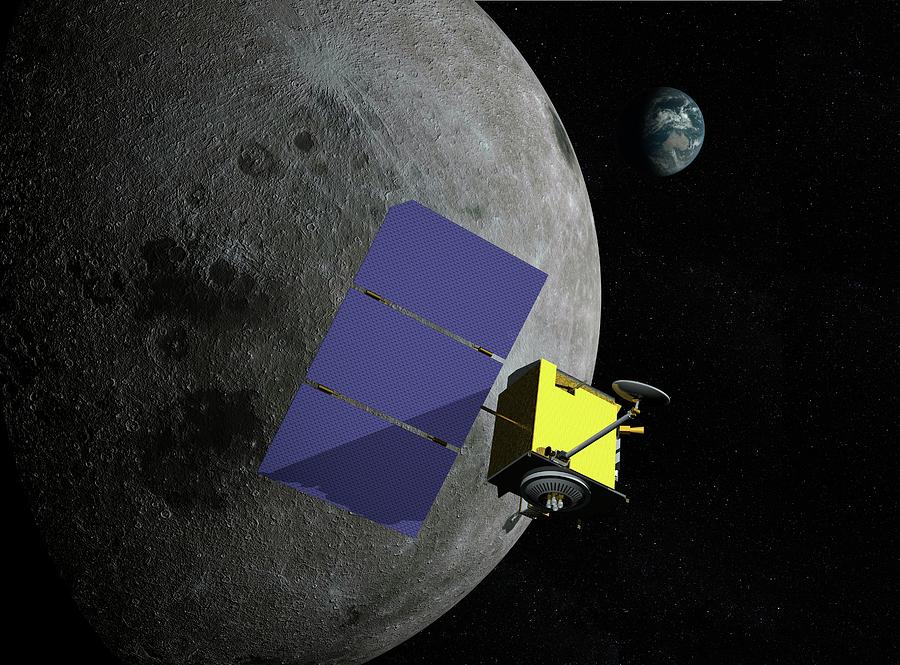

The locations of the flag shadow, experiment package, astronaut paths, and the Surveyor 3 spacecraft are marked. The photos were compared with those captured of the same site before the crash, taken in June 2022. The Apollo 12 landing site visualized in three dimensions using photography and a stereo digital elevation model from the Lunar Reconnaissance Orbiter Camera. When the orbiter reaches its final orbit, it will image the Moon’s surface at a resolution of 0.5 meters, providing an image that. The orbiter took images during a four-hour period on August 24, revealing the new crater. Launched to map out the surface of the Moon, the Lunar Reconnaissance Orbiter was still moving towards its near-surface orbit when it acquired this image of the Apollo 11 landing site between July 11 and July 15.

The agency shared an estimate of the impact point on August 21, which allowed members of the Lunar Reconnaissance Orbiter team to send commands to the spacecraft the following day to take images of the site. Officials at Roscosmos later said engine failure was the likely cause of the crash.


Russian lander crashing into the moon may have broader implications for space race, experts sayīut communication with the spacecraft was disrupted and Roscosmos, Russia’s space agency, reported an “emergency situation” occurred while Luna 25 tried to enter a pre-landing lunar orbit on August 19. (Roscosmos State Space Corporation via AP, File) Roscosmos/AP LROC image M1108432631R (left, incidence angle 68.8 degrees) and Lunar Orbiter 3 image LO3-154-H2 (right, incidence angle 67.2 degrees) of Surveyor Crater, the eventual landing site of both Surveyor 3 and Apollo 12. 19, 2023, that the spacecraft ran into trouble while trying to enter a pre-landing orbit arounthe moon. We were focused on the moon, observing the moon, studying the moon, and the Earth was not really in our thoughts until it popped up above that horizon.FILE - In this image made from video released by Roscosmos State Space Corporation, the Soyuz-2.1b rocket with the moon lander Luna-25 automatic station takes off from a launch pad at the Vostochny Cosmodrome in the Russian Far East on Friday, Aug. "But as Bill Anders explained to me many years later, he said, 'Look, we were trained to go to the moon. Data from the Lunar Reconnaissance Orbiter spacecraft now makes it possible to show what the Apollo 13 astronauts saw as they flew around the far side of the Moon. "It sounds incredible to us to think, 'Weren't they looking for when they got to the moon?' " Chaikin tells NPR. Calm down, Lovell!"Īnders then gets the shot that has been reproduced thousands of times all over the world in the past 45 years. He asks for the camera from Anders, who seems a bit defensive at having his role as mission photographer usurped.Īnders: "Wait a minute, just let me get the right setting here now, just calm down. Hubble’s lunar research led the way for future missions, such as the Lunar Reconnaissance Orbiter, helping men and women to go. Lovell hands him the film just as Anders is heard saying, "I think we missed it."īut within seconds, Lovell sees the shot again in another window of the command module. The camera zooms up to the Apollo 11 Lunar Module as seen in LROC NAC image M175124932R, then the view tilts and rotates to reveal the topography of the landing site. The Lunar Reconnaissance Orbiter (LRO) is scheduled for a one year exploration mission in a polar orbit about 31 miles above the lunar surface. Lovell: "Oh, man, that's great! Where is it?"Īnders: "Just grab me a color. Wow, is that pretty!"īut what happened next will sound familiar to anyone who remembers the days before digital cameras:Īnders (to astronaut Jim Lovell): "You got a color film, Jim? Hand me a roll of color, quick, would you?" The Lunar Reconnaissance Orbiter (LRO), the first mission of NASA's Robotic Lunar Exploration Program, is designed to map the surface of the Moon and characterize future landing sites in terms of terrain roughness, usable resources, and radiation environment with the ultimate goal of facilitating the return of humans to the Moon. Aboard Apollo, Anders is the first to see the potential shot: "Oh, my God, look at that picture over there," he can be heard saying.


 0 kommentar(er)
0 kommentar(er)
